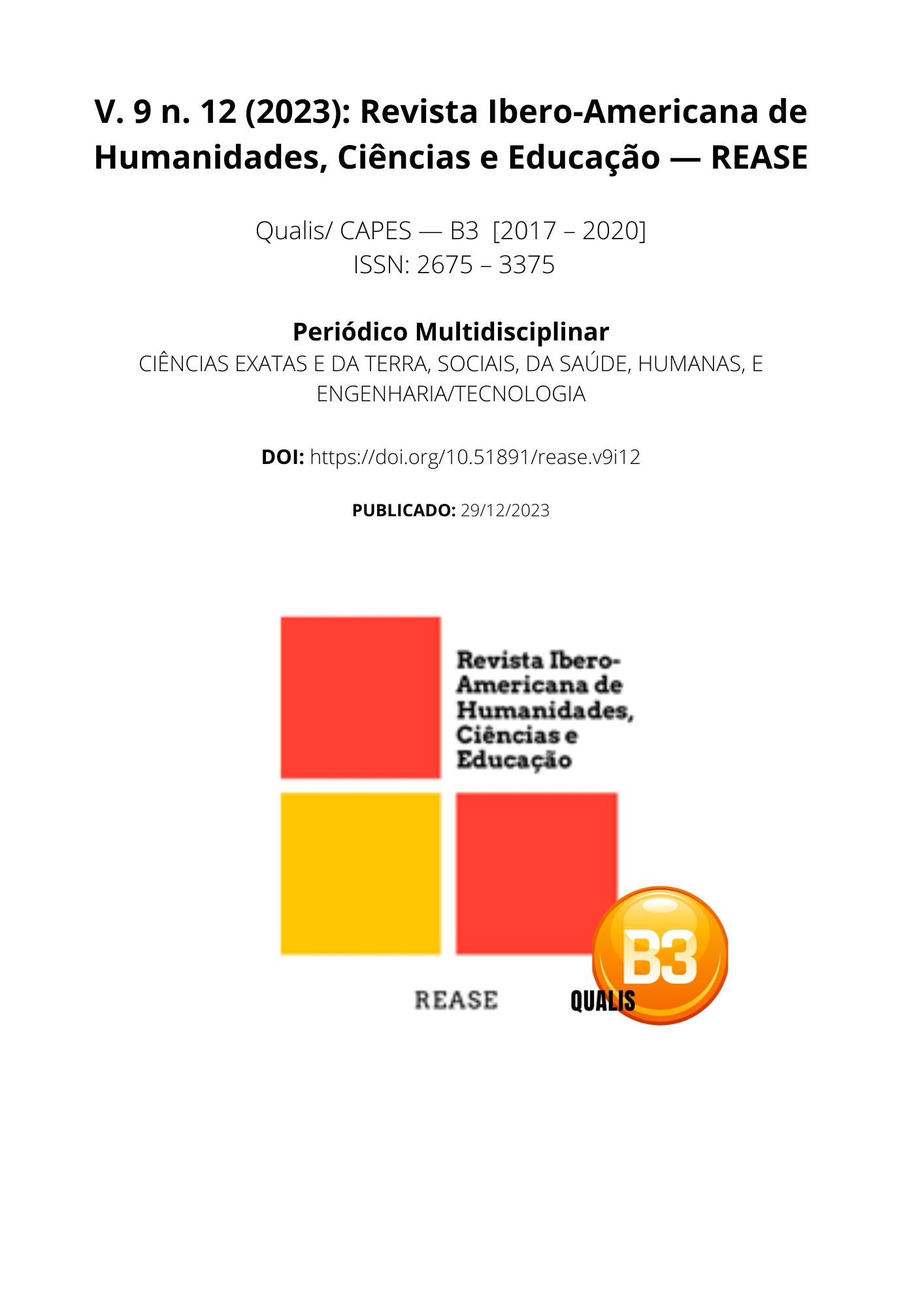HOW TO RAISE READERS THROUGH THE PHONE METHOD?
DOI:
https://doi.org/10.51891/rease.v9i12.12797Keywords:
Readers. Phonic-Method. Learning.Abstract
This work aims to show the effectiveness of the phonic method to form competent readers, capable of reading efficiently, acquiring phonological awareness, good fluency, comprehension and interpretation of texts. We do not intend to compare its effectiveness with the effectiveness or lack of it with other methods, but rather to point out the contributions of the phonic method, initiated or not in the literacy process and even collaborating so that teachers or parent educators know about the phonological structure of the language. Another contribution is to highlight the role of educators and families in perceiving the many reasons for failures during the process of learning to read. With this, the use of the method would help to reach the expected objective, which is to form fluent readers capable of understanding texts according to the levels of learning achieved. When it comes to quality education, it is important to emphasize that, according to the current negative statistics on the number of illiterates and functional illiterates, there is clearly a need to seek solutions that effectively help in the process of learning to read.
Downloads
Downloads
Published
How to Cite
Issue
Section
Categories
License
Atribuição CC BY

